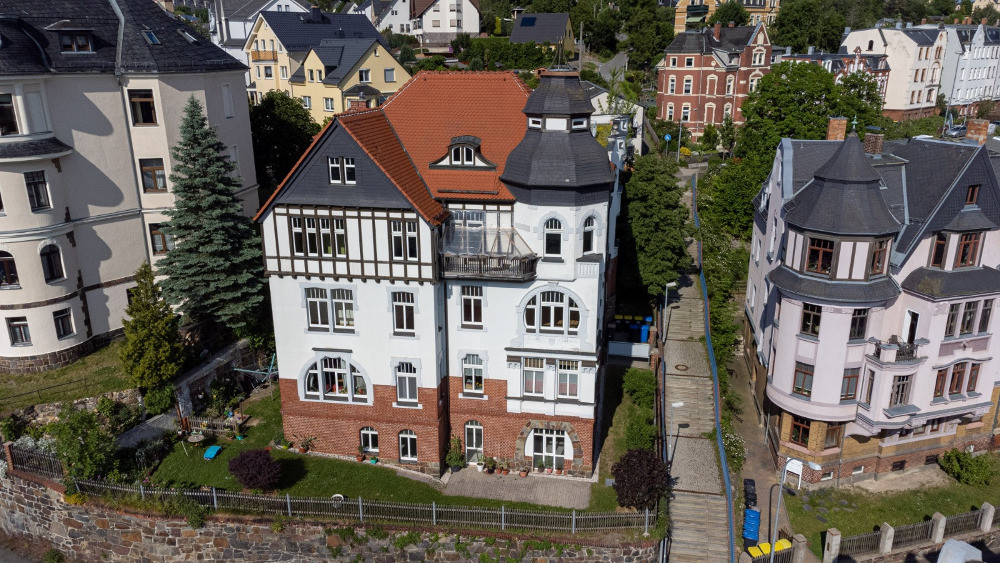A member of the third generation of a lineage of jewellers that began with Josep Masriera Vidal (1810-1875), he began his training with his father, the jeweller and painter Josep Masriera i Manovens (Barcelona 1841-1912). J. Vilaseca was the architect commissioned to build the family's workshop in Barcelona (1882-1885; Bailèn, 7 2; now home to a convent).
While working in the family's workshop, he studied at La Llotja, the Barcelona School of Fine Arts. After this he went to Switzerland for a time where he learned the new enamel techniques in the workshop of Frank-Édouard Lossier. Shortly afterwards, in 1900, he went to Paris and from then on he devoted himself entirely to the Modernista style, due in large part to the influence of the work of René Lalique, although before making the trip some of the pieces from his workshop already evidenced a new aesthetic.
Working under the brand name of Masriera i Fills, he introduced plique-à-jour enamel, and was responsible for new themes and the creation of a new style in jewellery-making that combined more traditional ways of metalworking with translucent enamel, which produced what came to be known as "Barcelona enamel". The most characteristic articles he produced are jewels representing a nymph-insect or evocative female faces, combining gold, precious stones and enamel. An outstanding example of his work is the Penjoll amb Sant Jordi (Pendant with Saint George, 1901; MNAC collection). A large part of this artist's work is in collections such as the Masriera Carreras collection belonging to the Bagués Group.
However his production also included works on religious themes and other objects, such as the tiara the Catalans presented to Queen Victoria Eugenia of Spain in 1906. That same year he edited and published the new decorative arts magazine Estilo.
In 1915, Casa Masriera and the jeweller J. Carreras (see Carreras brothers) set up a company called Masriera i Carreras. L. Masriera remained in charge of the workshop's artistic direction and they continued to produce jewels based on Modernista designs. The company is still in existence today under the name of Bagués-Masriera and conserves the entire legacy of Casa Masriera and Masriera-Carreras.
Throughout his life he did paintings in which he dealt with the same type of subject matter with extremely decorative elements (Ombres reflectides [Reflected Shadows], 1907; MNAC collection), and showed some of his pictures at the Barcelona Fine Arts Exhibition and Sala Parés (Petritxol, 5) in the early years of the 20th century.
In the 1920s he returned to the interest he had shown in his youth for the theatre and worked as a stage designer with excellent results.



 Jeweller, painter and stage designer
Jeweller, painter and stage designer


